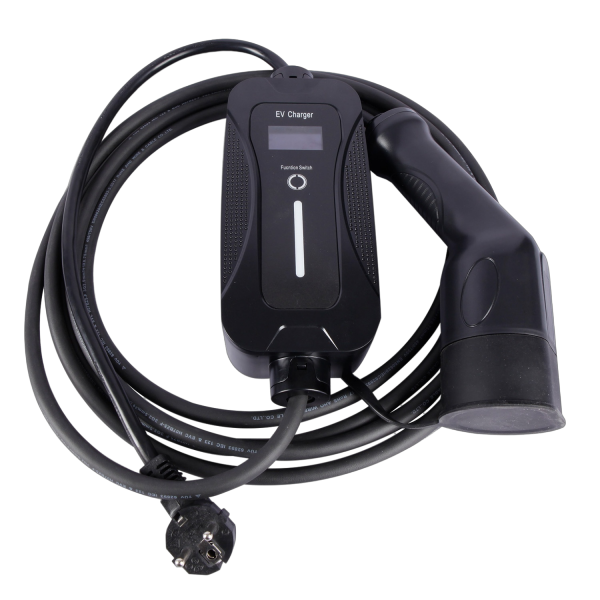Setting up and optimizing home charging infrastructure for electric vehicles (EVs) is an important step to ensure convenient and efficient charging. Here’s a comprehensive guide to help you through the process:
1. Determine Your Charging Needs:
Calculate your daily driving distance and energy consumption to estimate how much charging you’ll need.
Consider your EV’s battery capacity and charging speed to determine the appropriate charging level (Level 1, Level 2, or Level 3).
2. Choose the Right Charging Equipment:
Level 1 Charger: This uses a standard household outlet (120V) and provides slow charging. It’s suitable for overnight charging but may not meet fast-charging needs.
Level 2 Charger: Requires a 240V outlet and provides faster charging. It’s ideal for daily charging at home and offers flexibility for most EVs.
Level 3 Charger (DC Fast Charger): Provides rapid charging but is more expensive and typically not used for home installations.
3. Check Electrical Capacity:
Consult a licensed electrician to assess your home’s electrical capacity and ensure it can support the charging equipment.
Upgrade your electrical panel if needed to accommodate the additional load.
4. Install Charging Equipment:
Hire a professional electrician with experience in EV charging installations to ensure proper wiring and safety measures.
Choose a suitable location for the charging station, considering factors like accessibility, weather protection, and cable length.
5. Obtain Necessary Permits:
Check with your local authorities or utility company to determine if you need permits for installing the charging equipment.
6. Choose a Charging Station:
Research reputable charging station manufacturers and choose a model that suits your needs.
Consider smart charging features, such as scheduling, remote monitoring, and integration with renewable energy sources.
7. Optimize Charging Efficiency:
If possible, schedule charging during off-peak hours when electricity rates are lower.
Use a smart charging station that allows you to schedule charging times and set charging limits.
Consider integrating solar panels to offset your electricity consumption and charge your EV with clean energy.
8. Ensure Safety:
Install a dedicated circuit and grounding for the charging equipment to minimize the risk of electrical hazards.
Choose charging equipment with safety features like ground fault circuit interrupters (GFCIs) and overcurrent protection.
Follow manufacturer guidelines for proper maintenance and inspections.
9. Consider Future Expansion:
Plan for future EV purchases by installing additional wiring or capacity to accommodate multiple EVs.
10. Monitor and Maintain:
Regularly inspect and clean the charging equipment to ensure optimal performance.
Update firmware and software as recommended by the manufacturer.
Address any maintenance or repair needs promptly.
11. Explore Incentives:
Research available incentives, rebates, and tax credits for installing home EV charging infrastructure in your region.
By following these steps, you can set up and optimize a safe, efficient, and convenient home charging infrastructure for your electric vehicle. Remember that working with licensed professionals and following manufacturer guidelines is crucial to ensure a successful installation.
EV Charger Car IEC 62196 Type 2 standard
Post time: Aug-18-2023










